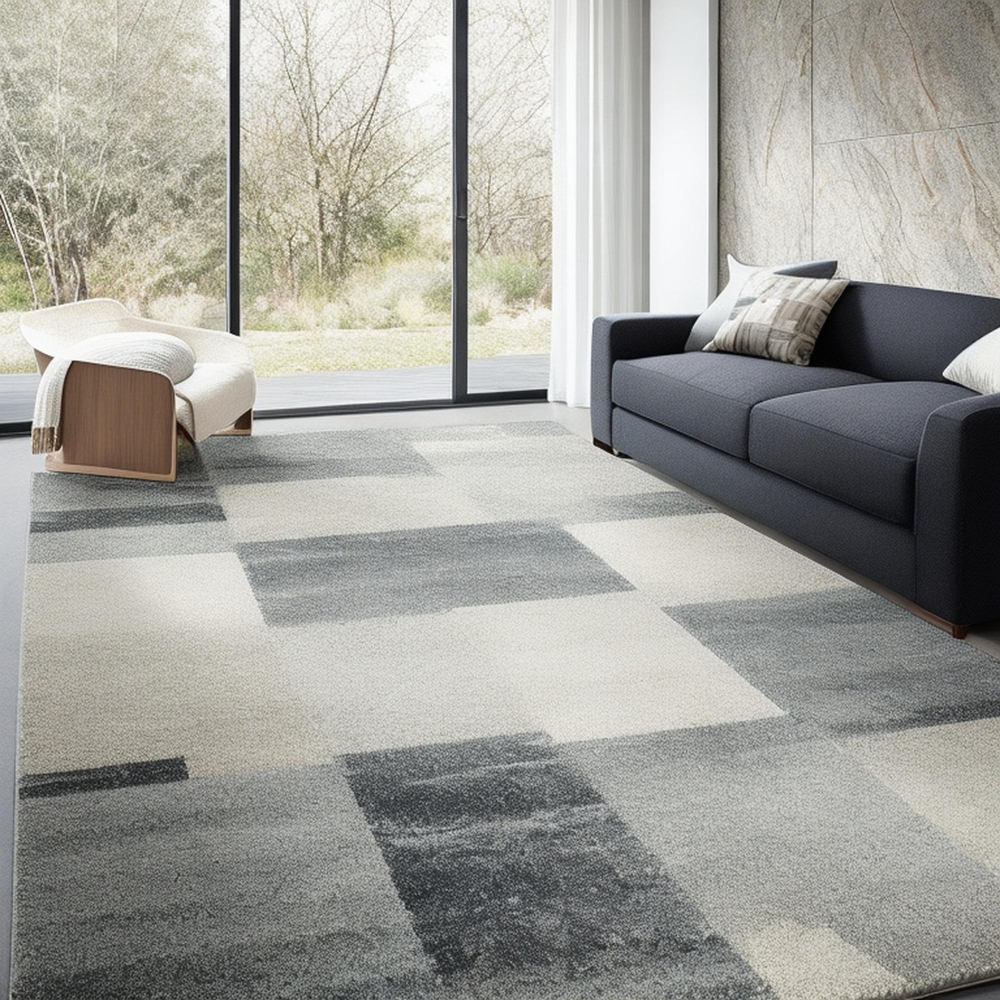Last updated on
Are you tired of your old, worn-down flooring? Or perhaps you’ve noticed some cracks, chips, or discoloration in your once-pristine floors. Either way, the decision to replace your flooring is not an easy one. After all, installing new floors can be a costly and time-consuming endeavor. But fear not!
Here, we’ll discuss how to determine when it’s truly time to replace your flooring and provide valuable tips on choosing the right type of flooring for your space. Read on to learn everything you need to know about upgrading the look and feel of your home by replacing its largest surface: the floor.
Carpeting with Worn-down Padding

If you’ve noticed that your carpet feels flat or has become uncomfortable to walk on, it’s a sure sign that the padding has worn down. This is indicative of a larger problem — it’s typically time to replace the padding and the carpet itself.
Worn-down padding can lead to a whole host of problems, including reduced insulation and comfort. If you live in California, carpet installation in Santa Clarita may be your best bet to ensure a professional job. This process offers a great opportunity to completely revamp your flooring with new carpeting that fits seamlessly into your desired aesthetic.
Persistent Stains or Discoloration
Despite regular cleaning efforts, sometimes stains and discoloration on floors just won’t budge. It’s frustrating to put in so much time and energy only to have unsightly marks still there. In these cases, it’s likely time to replace your flooring.
Whether it’s from years of foot traffic or spills that have seeped deep into the material, persistent stains and discoloration can be a telltale sign that your floors need an upgrade.
Visible Wear and Tear

Over time, our floors can take a beating from all the foot traffic, furniture moving, spills, and pet scratches. While some minor wear and tear can be fixed with a simple repair or refinishing job, certain signs suggest it might be time to replace your flooring altogether.
Visible cracks, chips, and deep scratches all affect the appearance of your floors and compromise their structural integrity, making them more susceptible to further damage. If you notice any of these signs, it’s best to consult with a flooring expert to determine the extent of the damage and the best course of action.
Outdated Style or Design
If your flooring is older or hasn’t been updated in a while, it may be time for a change. Trends and styles evolve with time, and what might have looked modern and stylish a decade ago could now look outdated and worn. Replacing your flooring with new materials, colors, patterns, and textures can instantly refresh and modernize the look of your space.
A timeless look or classic design can also become tired and dated over time. If your flooring no longer complements the style of your home, it could be a good opportunity to replace it with something that better suits your current aesthetic.
Water Damage
Water damage is a disaster that homeowners hope to avoid, but unfortunately, it can happen to anyone. One of the most common consequences of water damage is flooring damage, which can have more severe repercussions.
Water-damaged flooring can lead to mold and mildew growth, creating an unhealthy environment that can cause respiratory issues and allergic reactions. If the water damage is extensive, replacing the flooring is often the best decision. For less severe cases, repairs and replacements of damaged sections may do the job.
Unpleasant Odors
Unpleasant odors are a real nuisance, especially when they linger for a long time. Such odors often indicate that the source of the problem is deeply ingrained, and carpets are frequent culprits here.
They can absorb all kinds of contaminants like dust, allergens, pet dander, and even mold spores. Once carpets have absorbed these pollutants, it can be incredibly tough—if not impossible—to remove them entirely.
Alternatively, if you have hardwood or tile floors, unpleasant odors could be a sign of water damage, mold growth, or even rot. In these cases, you must address the issue as soon as possible and replace any compromised flooring.
Unusual Sounds
A less noticeable but equally telling indication that your flooring needs replacing is unusual sounds. If you’re hearing creaks, squeaks, or hollow sounds every time you walk on your floor, it’s a sign of aging or underlying damage.
These noises can be particularly prevalent in wooden or laminate flooring and may indicate warped boards or loose nails. If left unchecked, this could lead to more extensive damage that is even harder to fix.
When signs of damage, persistent stains, outdated styles, unpleasant odors, or unusual sounds become a norm, it’s an indication that it’s likely time for a flooring upgrade. New flooring will imbue your space with a fresh, modern ambiance while improving comfort, increasing property value, and ensuring a safe, healthy environment for you and your loved ones.
Don’t forget to consult with a flooring professional to help you choose the best type of flooring for your home, budget, and lifestyle.
Table of Contents




